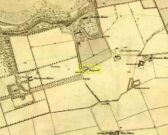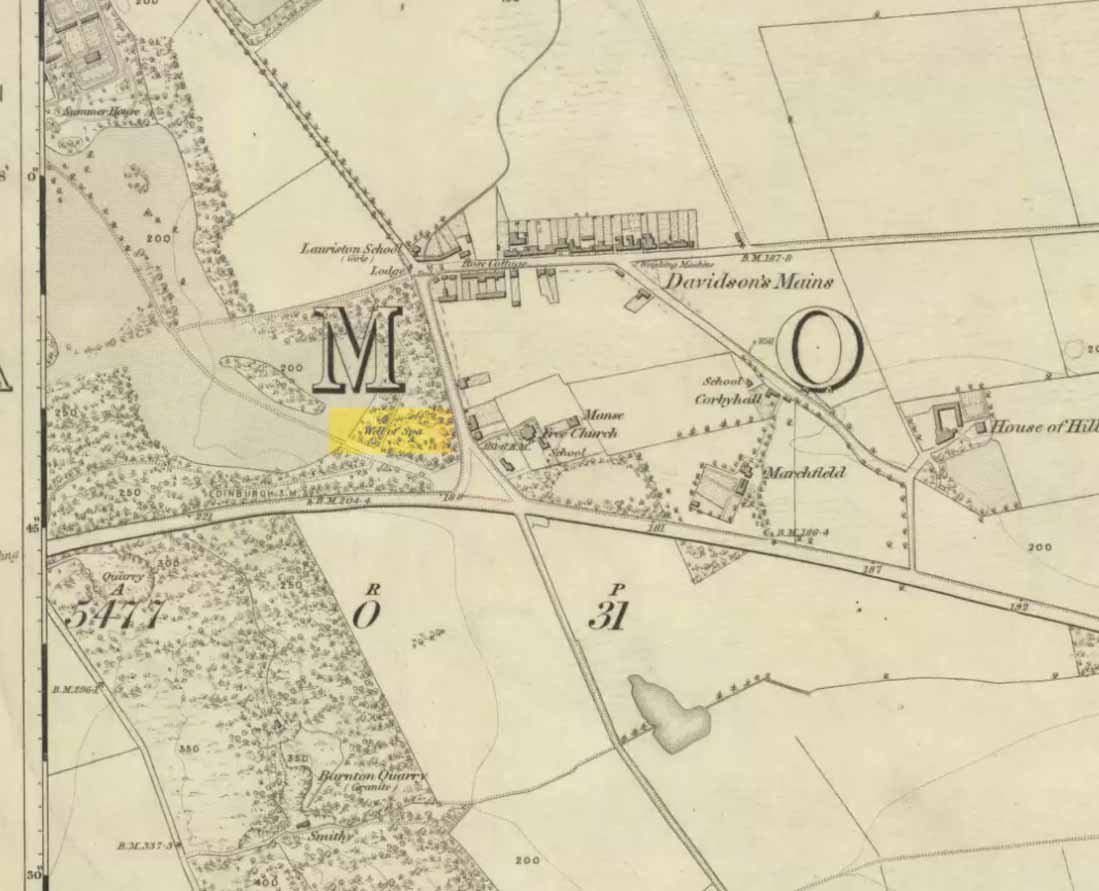Healing Well: OS Grid Reference – NT 2187 7654

Archaeology & History
On the 1853 Ordnance Survey map of Granton we are show the house and place-name of Pennywell with a ‘pump’ adjacent to it. Sadly we don’t have as rich a history of the place as its namesake at Newington. Its earliest written appearance seems to be in 1812. A few years later, in the Ordnance Name Book of the area, it was recorded that,
“Two cottages on the property of Sir John McNeil the name appears to be derived from a well which was formerly situated at the North east end of the houses where one Penny was paid for a draught of water.”
Remembered as a watering place for horses, the old Scots word ‘penny’ may be behind this old name, in terms of it giving the animals and locals their water supply. Stuart Harris (1996) thought that this Penny Well may have been the long lost St. Columba’s Well in the parish of Cramond.
References:
- Bennett, Paul, Ancient and Holy Wells of Edinburgh, TNA 2017.
- Harris, Stuart, The Place-Names of Edinburgh: Their Origins and History, Gordon Wright: Edinburgh 1996.
© Paul Bennett, The Northern Antiquarian
